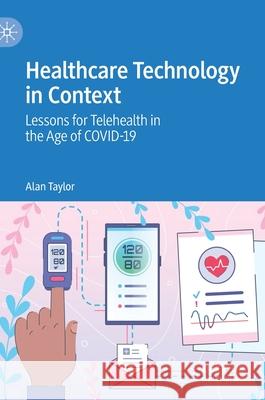Healthcare Technology in Context: Lessons for Telehealth in the Age of Covid-19 » książka
topmenu
Healthcare Technology in Context: Lessons for Telehealth in the Age of Covid-19
ISBN-13: 9789811640742 / Angielski / Twarda / 2021 / 298 str.
Healthcare Technology in Context: Lessons for Telehealth in the Age of Covid-19
ISBN-13: 9789811640742 / Angielski / Twarda / 2021 / 298 str.
cena 564,88
(netto: 537,98 VAT: 5%)
Najniższa cena z 30 dni: 539,74
(netto: 537,98 VAT: 5%)
Najniższa cena z 30 dni: 539,74
Termin realizacji zamówienia:
ok. 22 dni roboczych
Bez gwarancji dostawy przed świętami
ok. 22 dni roboczych
Bez gwarancji dostawy przed świętami
Darmowa dostawa!
Kategorie:
Kategorie BISAC:
Wydawca:
Palgrave MacMillan
Język:
Angielski
ISBN-13:
9789811640742
Rok wydania:
2021
Wydanie:
2021
Ilość stron:
298
Waga:
0.53 kg
Wymiary:
21.01 x 14.81 x 1.91
Oprawa:
Twarda
Wolumenów:
01
Dodatkowe informacje:
Wydanie ilustrowane











